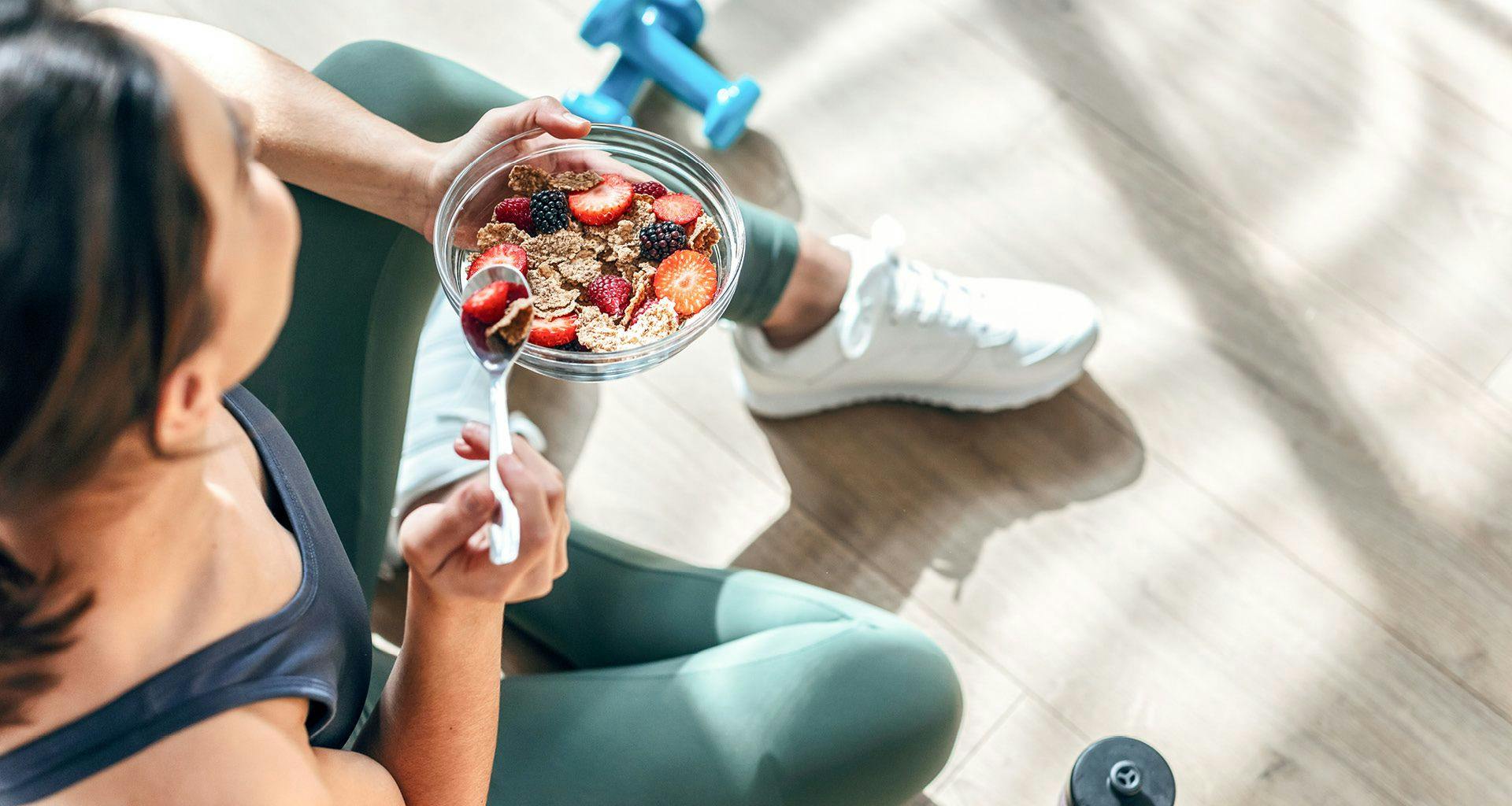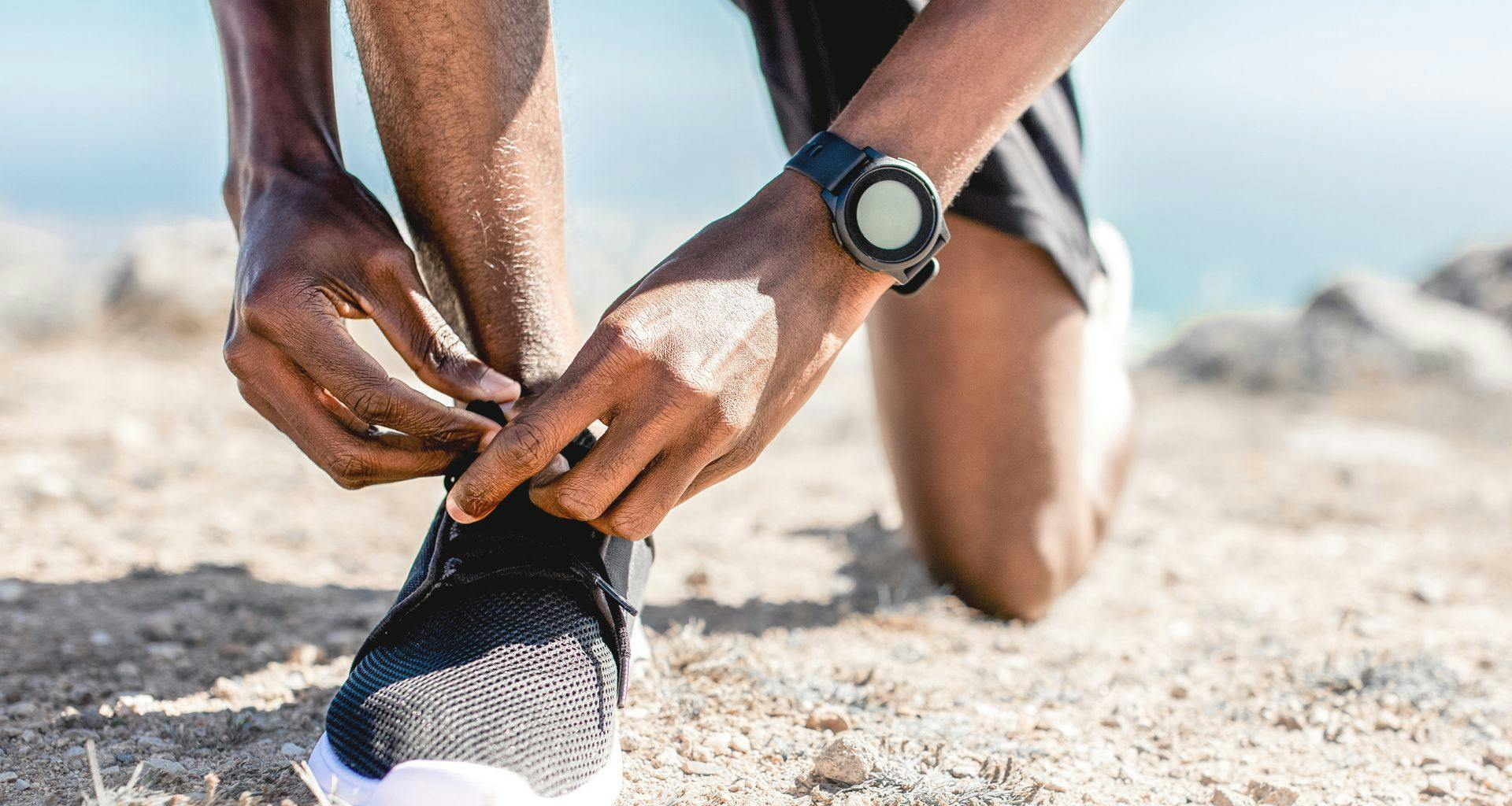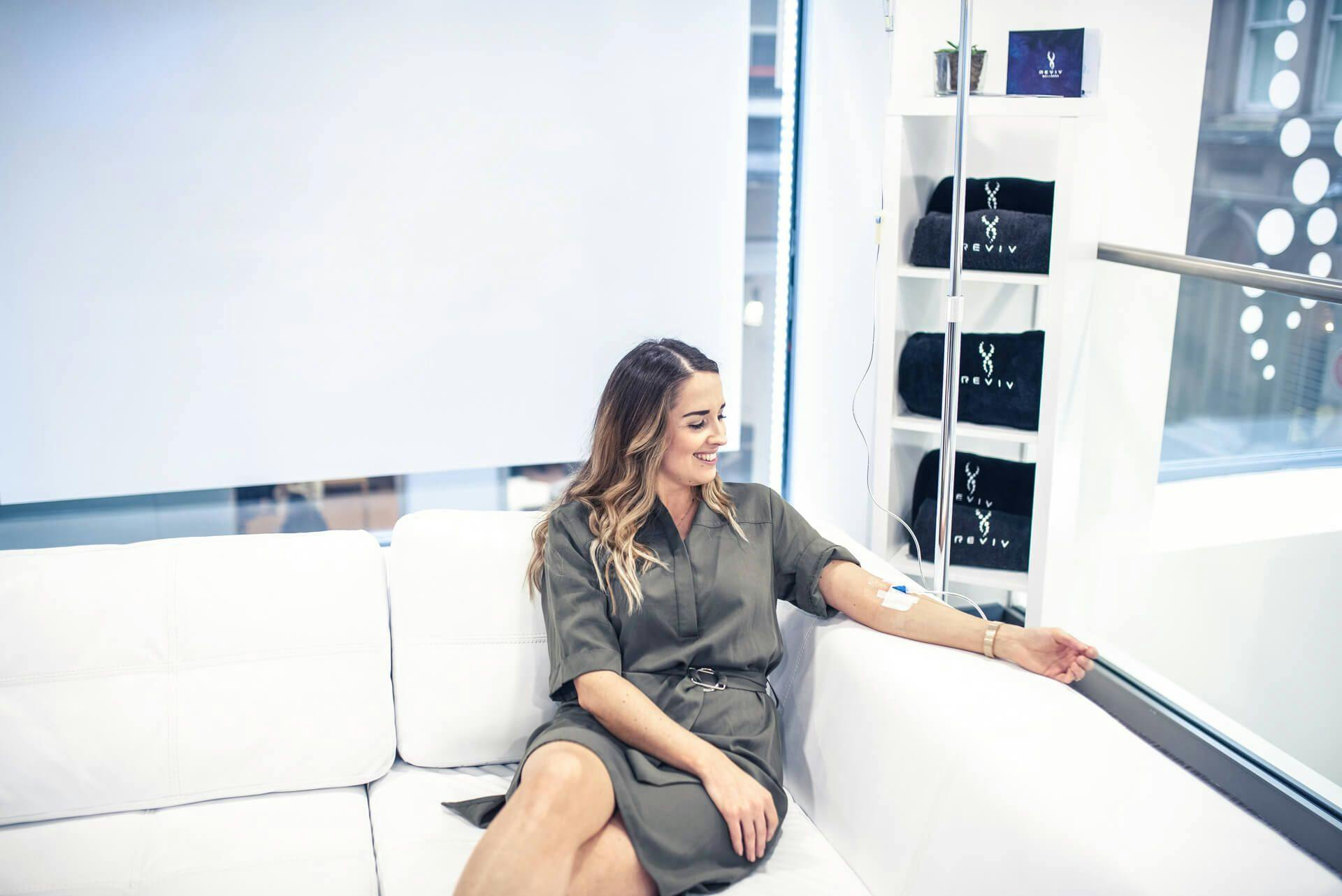
If you’re not already biohacking your way to better health, you may be slightly terrified of the term. But don’t be. Its intentions are good – very good, in fact. Even if it does sound like something out of a zombie sci-fi movie.
Done safely, biohacking in its simplest form involves making small changes to your diet and lifestyle that are in tune with your biology – and of course, sticking to them.
The ultimate goal? To live healthier, longer and look and feel younger within a range of health and science parameters just waiting to be tried, tested and of course, tracked!
Confused? From what biohacking is to hacks to try for beginners, let us guide you through this movement.
What exactly is biohacking?
Put simply, biohacking literally means finding safe ways (hacks) to optimize your health (biology). But its modern definition goes beyond this, requiring proactiveness to try things that science hasn’t yet proven but may make sense or seem promising.
US magazine Forbes describes biohacking as “do-it-yourself biology aimed at improving performance, health, and wellbeing through strategic interventions”.
Tim Gray, dubbed the UK’s leading biohacker, defines it as something that helps ‘you navigate an unhealthy world to be healthier’. He’s part of a growing trend of health and longevity experts, who take moderate and more extreme steps to reverse the natural aging process, in a bid to live as long and as healthily as possible.
Biohackers also recognise the challenges of the world we live in, when it comes to staying healthy.
“Despite our best intentions, reaching optimal health is so much harder in modern environments,’ says biohacker and Head of Life Science and UK Medical Director at REVIV Global, Dr Michael Barnish.
“That’s why the biohacking movement has become increasingly popular – because people have become more aware of how a modern lifestyle can impact health, including the day-to-day damage it can cause.
"People are acting on an evidence-informed approach to health optimization. They aren’t waiting for evidence-based science because it could take a full human lifetime to determine the results for preventative health and longevity – so you could be waiting a long time.”

So, how do you biohack?
There’s no one-size-fits all approach to biohacking. Instead it’s about finding a combination of lifestyle tweaks that both appeal to you and work for you.
“Remember, biohacking is a very generic term,” explains Dr Barnish. “Basically, it means a person adopting interventions to optimize their health, typically guided by their own research. Therefore, any intervention with the aim to improve health, that is led by an individual is a bio-hack.”
So it’s really a case of trial and error, to get the desired results. Think holistically and you’ll be on the right track.
Take Australian biohacking expert, David Sinclair, for instance. The Harvard biologist and anti-aging researcher created software to help reduce and calculate his own biological age, currently 10 years younger than his actual 53 years. David’s biohacking approach consists of no alcohol, daily matcha green teas, a plant-based diet and intermittent fasting.
But it’s not just about dietary rules. David also avoids sitting for long periods and stress, and says aerobic exercise at least three times a week is a must.
A decade ago, UK-based Tim Gray biohacked his own health when doctors couldn’t find any physical cause for long-term fatigue and chronic pain. Taking matters into his own hands, through research and self-experimentation, he fixed all his problems and is now ‘43, healthy and happy,’ according to his latest biohacking blog.

Biohacking for beginners
It’s entirely possible you’re already biohacking without even realizing, especially if you’re counting your steps, tracking your hormones, supplementing your diet and monitoring stress levels.
Here are just some simple but effective biohacks to start with, if you’re not already doing them:
Meditation - instead of checking emails, check out with 10-minutes of breathing, meditation or reflection
Intermittent fasting, to regulate blood sugar and maintain a healthy weight
Wearable tech i.e. smart watches and FitBits that use apps with personalized health and wellness goal trackers. Seasoned biohackers will ask: if you can’t track it, how can you hack it?
Vitamins and supplements, upgraded to IV drip therapies and booster shots for a more personalized approach to wellness. More on this below.
Get natural daylight, especially first thing, to help with cognitive behaviour. [1]
Reduce blue light from screens and avoid caffeine in the evenings - to help you wind down and sleep better.

How REVIV fits in with biohacking
REVIV offers science-led IV drip therapies and intramuscular booster shots to support your immune system and help with your own personalized wellness plan. So REVIV definitely comes under the biohacking umbrella, says Dr Barnish.
“For me, nutrition is the foundation for health optimization and therefore many nutritional interventions, including IV therapy, are typically considered by biohackers,’ he says.
“REVIV specializes in precision nutrition, offering a deeply personalized approach. We take a person’s genetics and blood markers into account and align them to the correct foods, supplements and IV drip therapies.
"This approach aligns with biohacking because it’s giving the person insights into their biology so they can take informed action on their nutritional health. IV therapy is a common biohacking tool as the delivery of nutrients and water is delivered directly into the bloodstream, increasing bioavailability.”
More extreme biohacking
Google “biohacking” and you could very well end up down a rabbit hole of unsafe and extreme examples, with no science behind them.
These include:
Bulletproof coffees – biohacking your coffee to make a caffeine, oil and butter concoction to improve cognitive function, although evidence is limited [2].
Young blood infusions – using blood or plasma from younger people in order to try and slow down the aging process, or even reverse it.
Human augmentation – an offshoot of biohackers known as ‘grinders’ believe in experimenting with biology by implanting microchips or other technology, such as gene-editing injections (CRISPR) into the body.
What's more, extreme biohacking approaches aren’t subject to regulatory checks. While REVIV IV therapies might be invasive, REVIV is regulated by the Care Quality Commission (CQC) – the independent regulator of health and adult social care in England. In other words, the quality and safety of any therapy given is being closely monitored.
A 2019 report into biohacking regulations said extreme forms, such as genetic biohacking with no regulations and therefore poor safety or efficacy “pose public health risks”.
Does biohacking work?
There’s no concrete science behind biohacking as a whole, mainly because biohacks are so varied and health is so specific to the individual.
However, anything that reforms your own specific lifestyle and gets you results has to be a good thing, says Dr Barnish.
“Although to know for sure will take a lifetime, we know from strong scientific evidence today that nutrition improves health and genetics play a role in disease prevention and longevity. By taking a precision nutrition approach and using novel ways of delivery and other therapies, the chances of success are bound to be higher, he says”
The only question left to answer is will you give it a go?
Find out more about REVIV IV drip therapies and IMs as part of your own biohacking journey and personalized wellness plan.
Sources:
[1] Daylight and cognition claim https://pubmed.ncbi.nlm.nih.gov/22201280/
[2] Bulletproof coffee claim https://www.ncbi.nlm.nih.gov/pmc/articles/PMC8181361/
- Related articles


